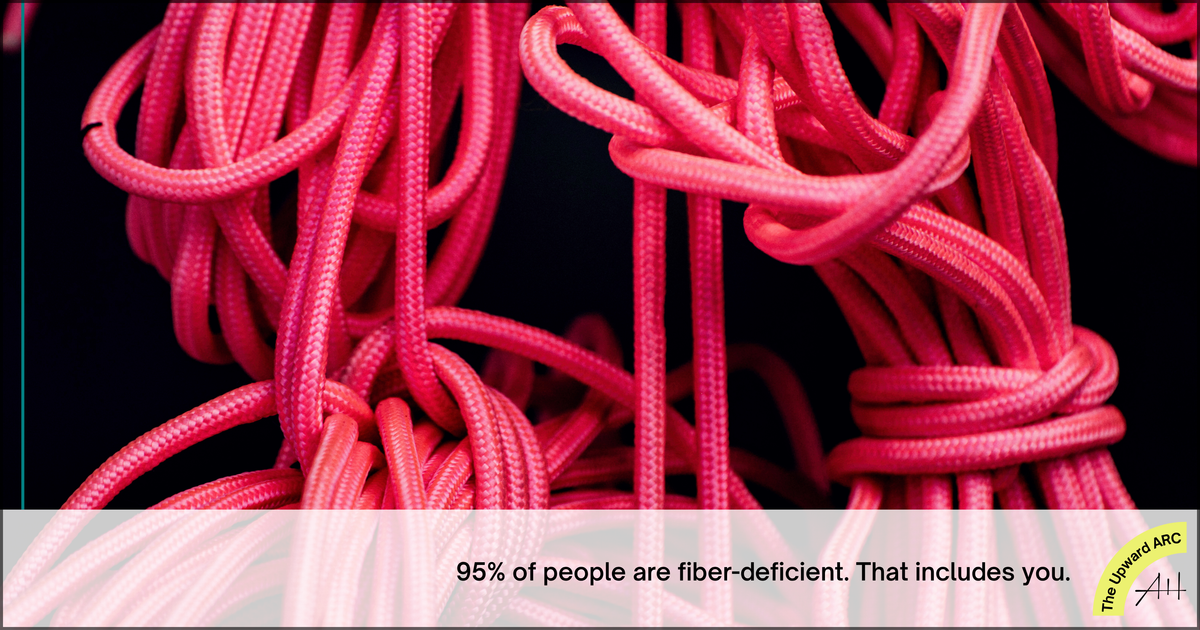Fiber Up: How 30 Grams Changed My Life (And Will Change Yours)
Fiber isn’t just about digestion. It’s your most overlooked performance enhancer. It fuels gut microbes that sharpen cognition, regulate metabolism, and build resilience. Most professionals miss this foundational lever. Track your fiber like your protein, and unlock compound gains.

This post is for members only
Already have an account? Sign in.
